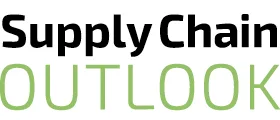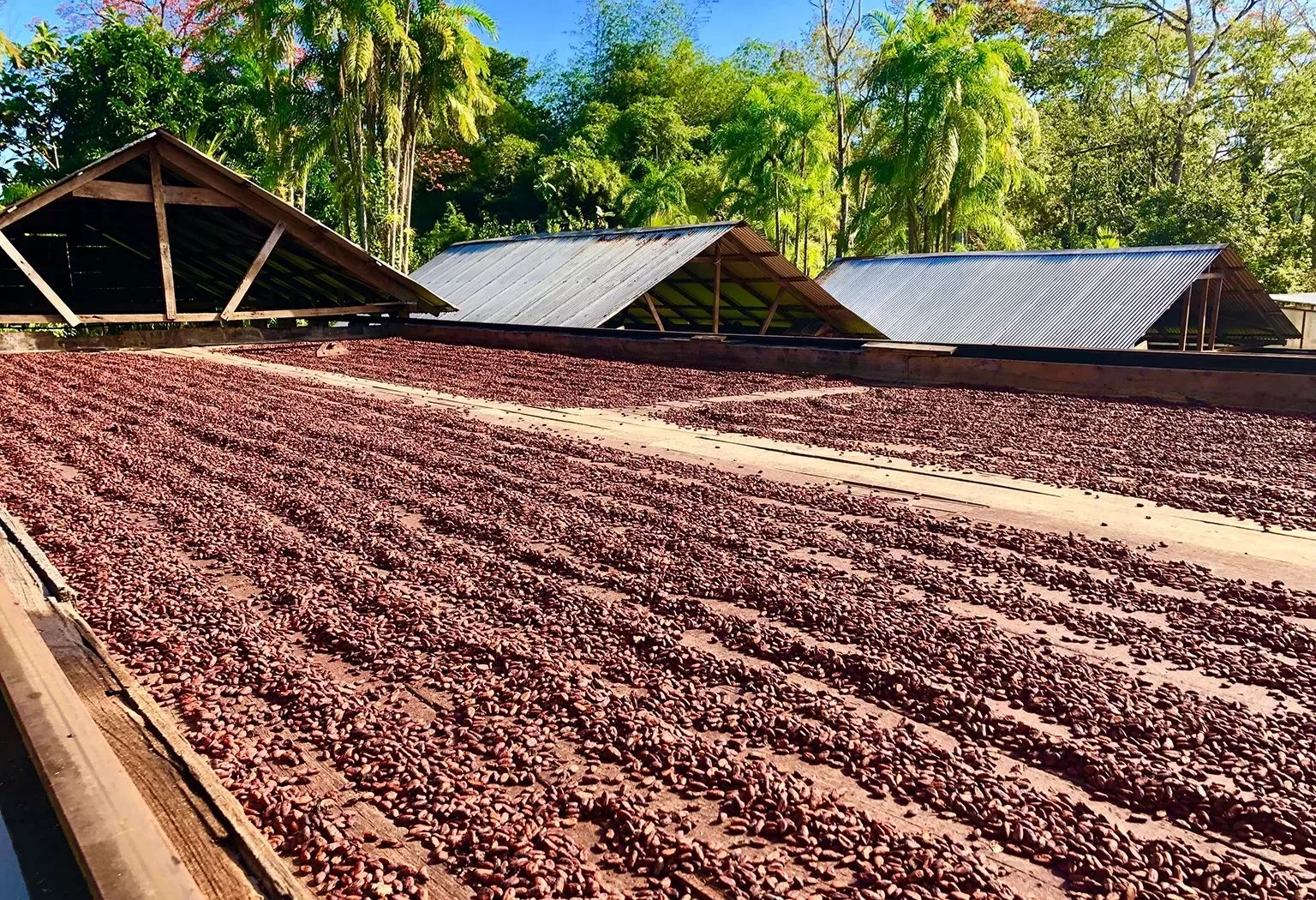THE COCOA CHALLENGE
Q&A WITH NIDHI JAIN, COMMODITY SPECIALIST, THE SMART CUBE
Can you explain the current situation with cocoa prices?
Nidhi Jain, Commodity Specialist (NJ): In the last year, the price of cocoa has surged. From September 2022 to September 2023, costs increased by an astonishing 63.49 percent, with cocoa futures reaching a 44-year price peak. This comes amid growing concerns over tight cocoa supplies and diminishing output in Ghana and Ivory Coast – between them, the two nations contribute more than 60 percent of all cocoa.
These supply constraints have been caused by abundant rainfall throughout the summer months in Ghana and Ivory Coast, which resulted in the outbreak and spread of both the black pod disease and the swollen shoot virus. Both these diseases have harmed the development of cocoa pods, thereby reducing cocoa yield. As such, the African cocoa harvest for the financial year (FY) 2023/24 is now predicted to decline.
The heavy rains have also created logistical problems, disrupting the cocoa supply chain. This has led to cocoa arrivals at ports in Ivory Coast falling by 3.3 percent year-over-year from the start of October 2022 to the end of August 2023.
Further to this, the ongoing war between Russia and Ukraine has also impacted cocoa production. The quality of cocoa beans has declined as a result of the continued sanctions imposed on Russia following the invasion of Ukraine, due to Russia being the largest fertiliser exporter in the world. This has led to fertilisers and pesticides becoming harder to obtain in Ghana and Ivory Coast, affecting crop quality and reducing cocoa production.
How are tight cocoa supplies in West Africa impacting the commodity’s supply chain?
NJ: Cocoa supply from West Africa has been in decline since the start of 2023. Initially, this was due to hot and dry weather affecting the region during the first quarter of the year. Subsequently, the aforementioned heavy rainfall came. While this brought some relief, it led to its own issues such as the spread of disease, as well as logistical challenges.
As a result, Ghana’s cocoa harvest is predicted to decline annually for FY 23/24, despite initial projections that it would increase.
This lower-than-expected production has caused Ghana to postpone Q3 2023 shipments of the commodity until next season, while Ivory Coast has ceased cocoa exports for the last quarter of FY 22/23.
As such, per the International Cocoa Organisation (ICCO), the cocoa market is likely to be in a deficit for the third year in a row. This has a major impact on the commodity’s supply chain as it means less cocoa is available, driving prices up and increasing input costs for confectionery producers and manufacturers.

Looking ahead, how do you foresee the future trajectory of cocoa prices?
NJ: Cocoa prices are expected to remain firm as we head into 2024 – with the possibility that they may increase even further. This is on account of the low supply of cocoa beans from West Africa as a result of wet weather in the region, in addition to concerns regarding the potential impact El Niño will have.
As the weather phenomenon is set to cause hot and dry conditions across West Africa, this is likely to result in a further reduction in cocoa output and prices remaining elevated, particularly as it will affect the region during the largest cocoa crop harvest period of the year.
Additionally, as we approach Halloween and the festive season, there is also the potential for stocking demand to push up cocoa costs and cause the soft commodity’s price to remain elevated for the remainder of 2023. These factors have contributed to forecasts being made that the commodity’s price will increase by nine percent across FY 23/24.
Given your expertise, could you explain the relationship between climatic phenomena and the trends in the cocoa market?
NJ: Climatic phenomena, such as El Niño, typically have a detrimental impact on a variety of crops, including cocoa. The intensity of El Niño has had a marked effect on the cocoa market as a result of the weather in major cocoa producing areas, with hot and arid conditions in West Africa projected to lessen production of the soft commodity.
During previous El Niño cycles, the weather event has negatively impacted cocoa output. Prior to this year, the most recent iteration of El Niño was in 2015, when a sustained dry period decreased cocoa output. This saw cocoa prices rally to a 12-year high at the time after the weather phenomena caused a drought in several major producing nations, including Ghana and Ivory Coast, inhibiting global production.
What is the potential impact of rising cocoa prices on the confectionery industry?
NJ: Cocoa is a key ingredient in the production of chocolate and chocolate confectionery products. For that reason, the rising price of the commodity will have a significant impact on the input costs of confectionery goods, leading to an increase in prices for end consumers. For example, cocoa accounts for between 35 and 55 percent of the total raw material cost in bars of milk chocolate. Therefore, the product’s price is expected to increase significantly due to the rising cost of the key ingredient used in the manufacturing process.
With El Niño forecasted to cause a substantially lower supply of cocoa, chocolate confectionery products are due to increase in price during Q4 2023 and Q1 2024. This means that bakery and confectionery products which necessitate cocoa are set to bear the brunt of low output and firm prices of the ingredient.
What’s more, as cocoa’s price remains inflated, coupled with the demand for confectionery goods increasing as Halloween and the festive season fast approaches, confectionery products are also likely to rise in price.
What strategies can confectionery manufacturers adopt to mitigate supply chain disruptions?
NJ: To safeguard their supply chains against disruptions during periods of increased cocoa input costs, confectionery producers ought to consider adopting a multipronged strategy to tackle low levels of output and exports.
Firstly, it is vital for organisations operating in the confectionery industry to actively assess numerous suppliers and support their critical vendors. Instead of becoming overly dependent on a single provider and territory, supply chain professionals must strongly consider identifying suppliers in several different regions. This ensures that in the event a confectionery producer is purchasing cocoa from a region where the commodity’s output is falling, they’re able to pivot and purchase cocoa from another area instead.
Secondly, supply chain professionals ought to map supplier dependence. By conducting a thorough review of exposure to Ghanaian and Ivorian suppliers, businesses can ensure that the fall in cocoa production in these two nations doesn’t have a significant impact on their operations. Adding to this, mapping suppliers on a tier-by-tier basis will also provide confectionery companies with a transparent view of potential supply chain risks.
Lastly, confectionery manufacturers should monitor disease outbreaks as they develop, as well as unseasonable weather conditions. Looking at the ongoing El Niño phenomenon, confectionery producers must track its progress and keep a close eye on how the impact it’s having on key West African cocoa producers is developing, as well as the potential future consequences it could have. This enables organisations to adjust their supplier portfolios accordingly.
By adopting these measures, confectionery producers and manufacturers can avoid supply chain disruptions ahead of Halloween and the festive season – a period in which their products will be in high demand.























